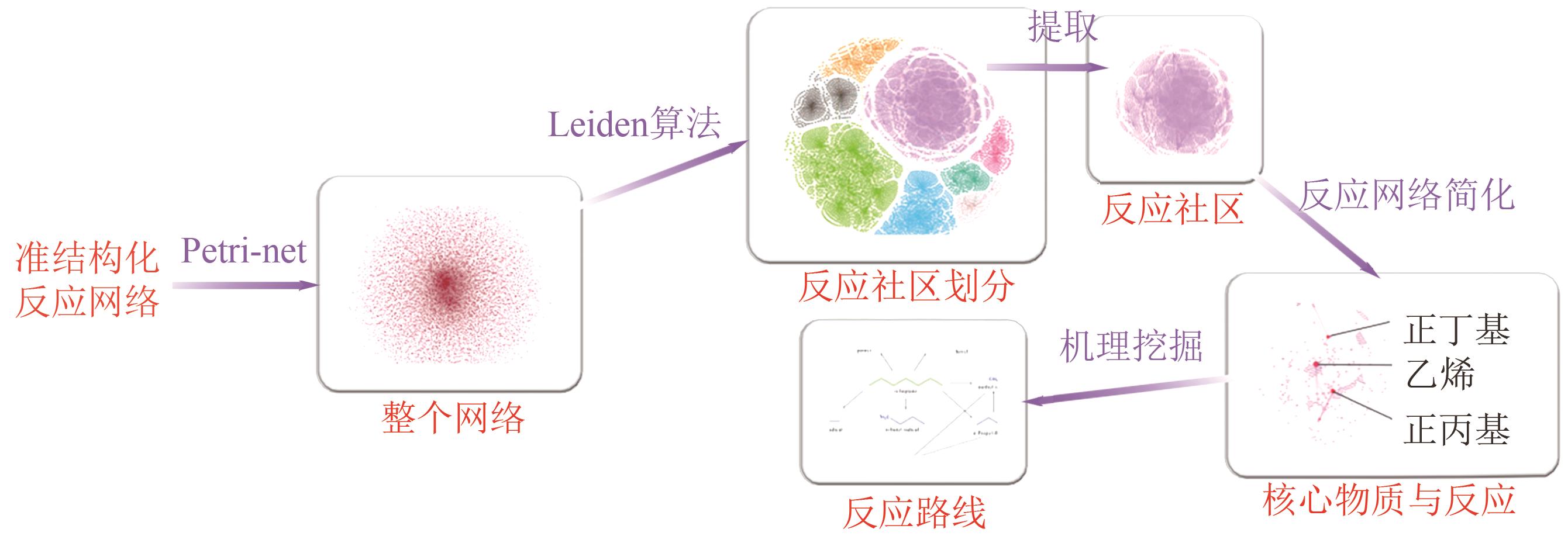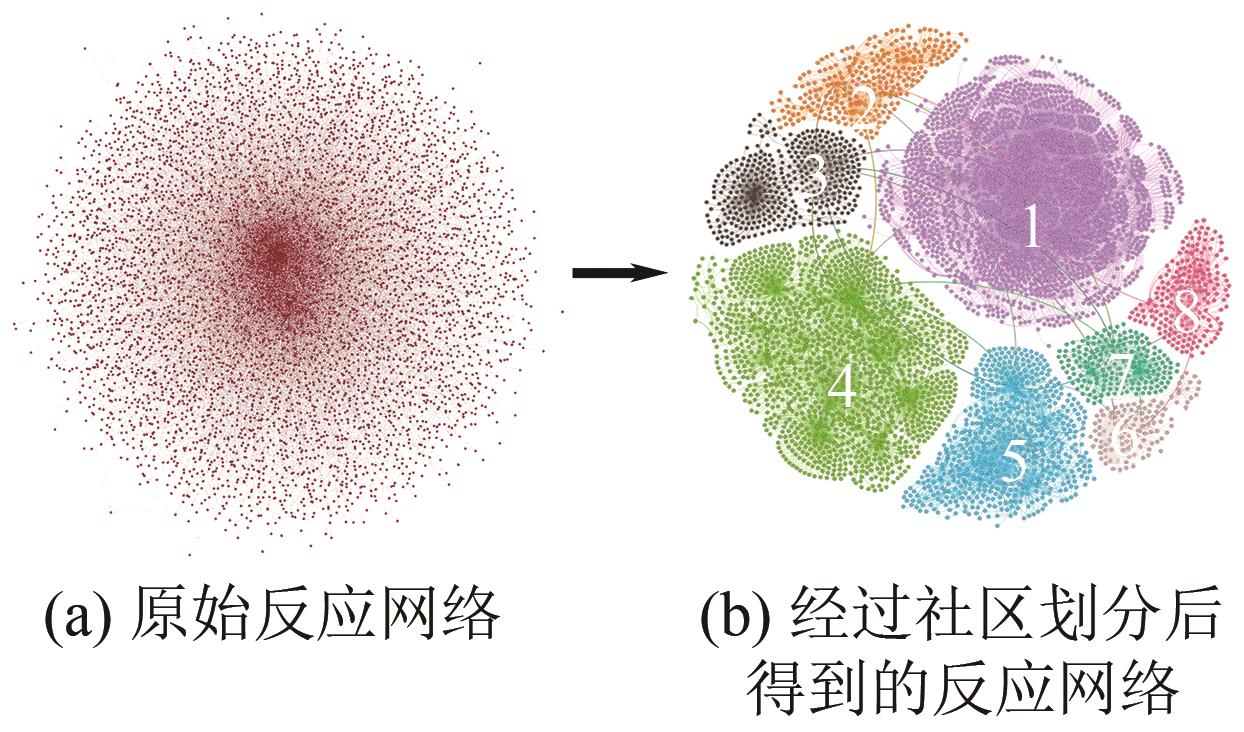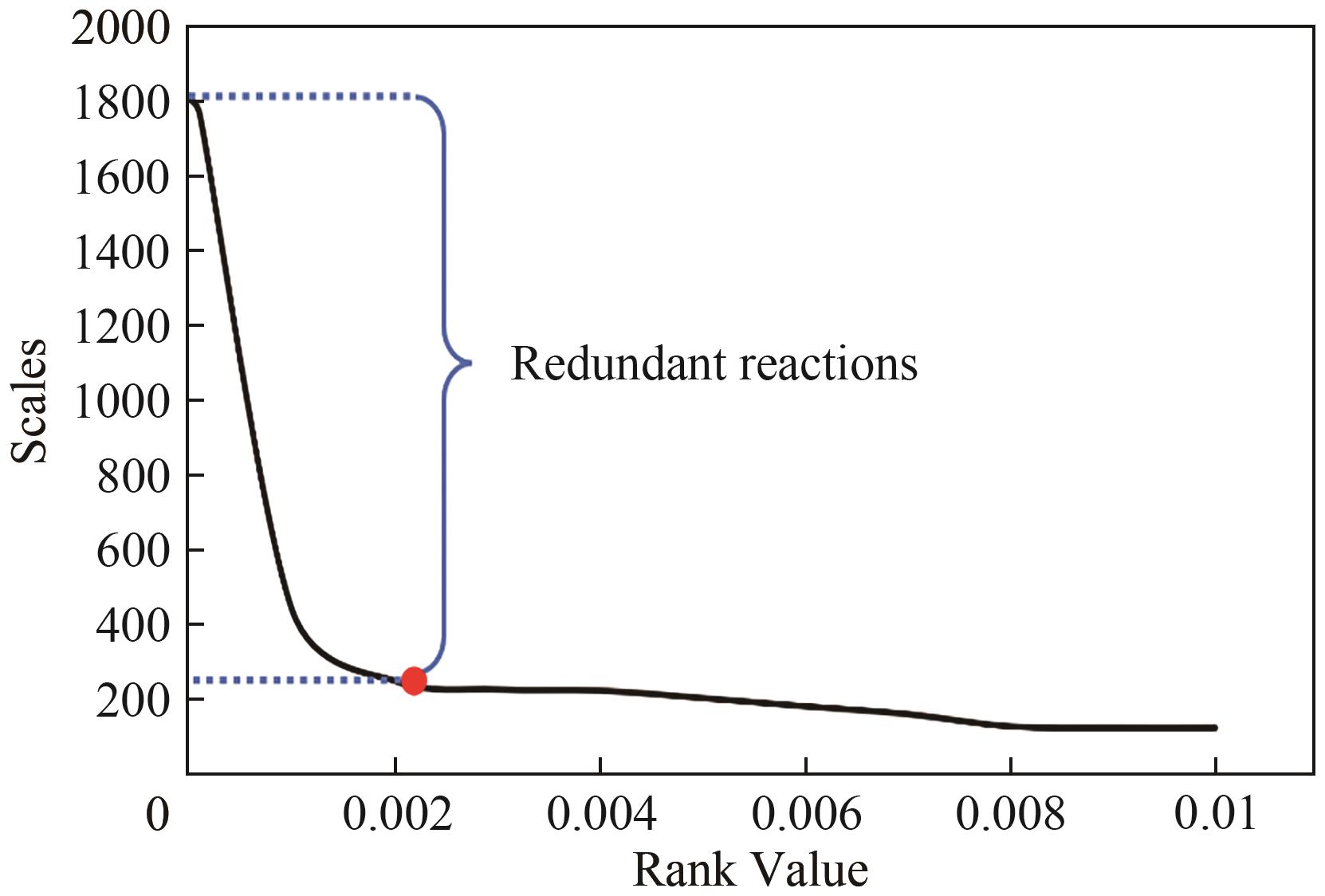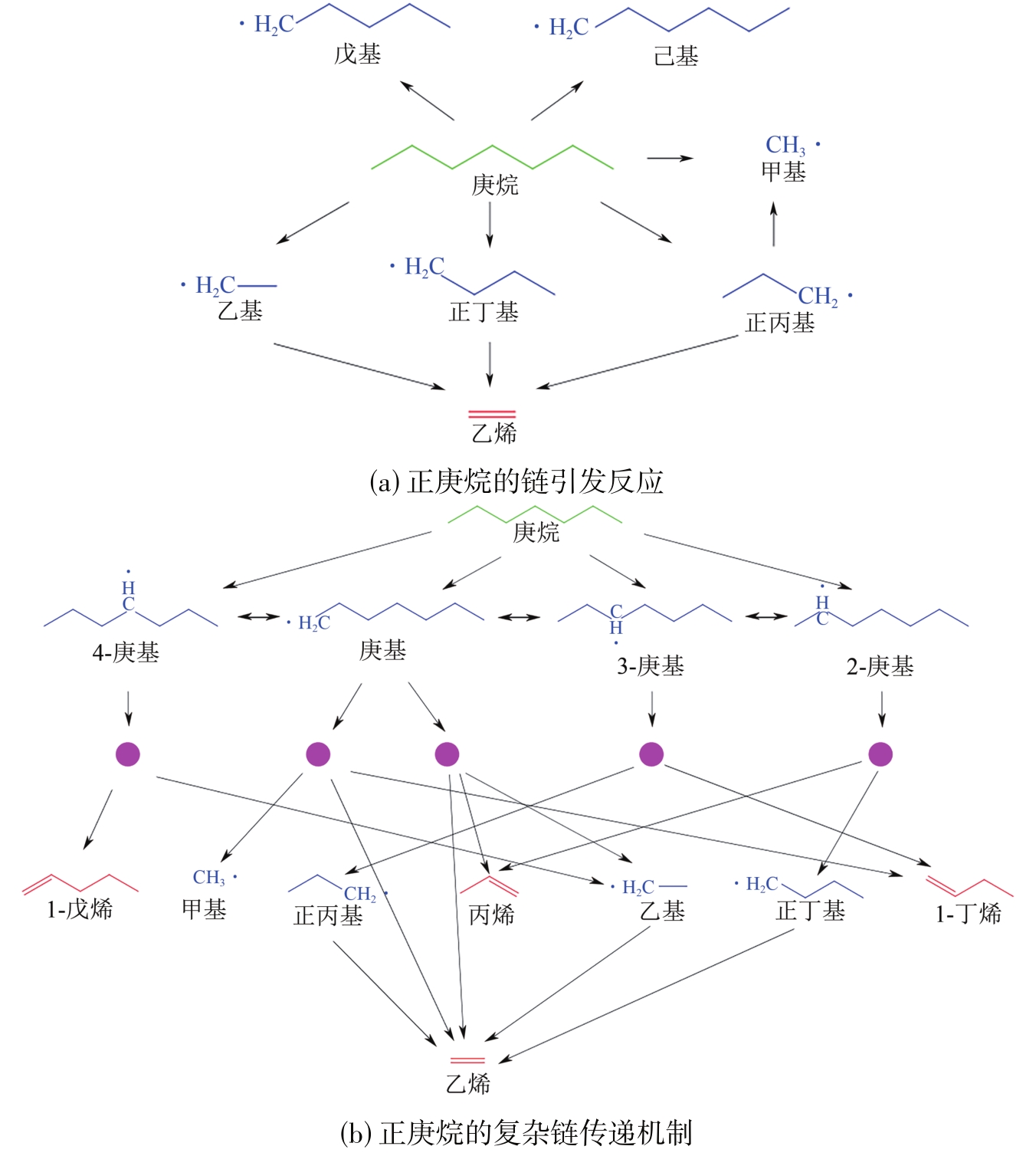| 1 |
汪洪涛, 杨磊, 王华, 等. 炼化一体智能化工厂计划优化模型设计及应用实践[J]. 化工进展, 2021, 40(S2): 451-455.
|
|
WANG Hongtao, YANG Lei, WANG Hua, et al. Design and application practice of optimization model for refining and chemical integrated intelligent plant[J]. Chemical Industry and Engineering Progress, 2021, 40(S2): 451-455.
|
| 2 |
张梦轩, 刘洪辰, 王敏, 等. 化工过程的智能混合建模方法及应用[J]. 化工进展, 2021, 40(4): 1765-1776.
|
|
ZHANG Mengxuan, LIU Hongchen, WANG Min, et al. Intelligence hybrid modeling method and applications in chemical process[J]. Chemical Industry and Engineering Progress, 2021, 40(4): 1765-1776.
|
| 3 |
MI SAINE AYE Mi, ZHANG Nan. A novel methodology in transforming bulk properties of refining streams into molecular information[J]. Chemical Engineering Science, 2005, 60(23): 6702-6717.
|
| 4 |
SCHWEIDTMANN Artur M, ESCHE Erik, FISCHER Asja, et al. Machine learning in chemical engineering: A perspective[J]. Chemie Ingenieur Technik, 2021, 93(12): 2029-2039.
|
| 5 |
VENKATASUBRAMANIAN Venkat. The promise of artificial intelligence in chemical engineering: Is it here, finally?[J]. AIChE Journal, 2019, 65(2): 466-478.
|
| 6 |
TARALAS Georgios, VASSILATOS Vassilios, Krister SJÖSTRÖM, et al. Thermal and catalytic cracking of n-heptane in presence of CaO, MgO and calcined dolomites[J]. The Canadian Journal of Chemical Engineering, 1991, 69(6): 1413-1419.
|
| 7 |
DRYER Frederick L, HAAS Francis M, SANTNER Jeffrey, et al. Interpreting chemical kinetics from complex reaction-advection-diffusion systems: Modeling of flow reactors and related experiments[J]. Progress in Energy and Combustion Science, 2014, 44: 19-39.
|
| 8 |
MIZUI Yasutaka, KOJIMA Tetsuya, MIYAGI Shigeyuki, et al. Graphical classification in multi-centrality-index diagrams for complex chemical networks[J]. Symmetry, 2017, 9(12): 309.
|
| 9 |
JANG Soonmin, RICE Stuart A. Reaction path analysis of the rate of unimolecular isomerization[J]. The Journal of Chemical Physics, 1993, 99(12): 9585-9590.
|
| 10 |
GAO Connie W, ALLEN Joshua W, GREEN William H, et al. Reaction mechanism generator: Automatic construction of chemical kinetic mechanisms[J]. Computer Physics Communications, 2016, 203: 212-225.
|
| 11 |
VAN GEEM Kevin M, REYNIERS Marie Francoise, MARIN Guy B, et al. Automatic reaction network generation using RMG for steam cracking of n-hexane[J]. AIChE Journal, 2006, 52(2): 718-730.
|
| 12 |
RANZI E, DENTE M, GOLDANIGA A, et al. Lumping procedures in detailed kinetic modeling of gasification, pyrolysis, partial oxidation and combustion of hydrocarbon mixtures[J]. Progress in Energy and Combustion Science, 2001, 27(1): 99-139.
|
| 13 |
TURÁNYI T, BÉRCES T, VAJDA S. Reaction rate analysis of complex kinetic systems[J]. International Journal of Chemical Kinetics, 1989, 21: 83-99.
|
| 14 |
DENTE M, RANZI E, GOOSSENS A G. Detailed prediction of olefin yields from hydrocarbon pyrolysis through a fundamental simulation model (SPYRO)[J]. Computers & Chemical Engineering, 1979, 3(1/2/3/4): 61-75.
|
| 15 |
LAM S H, GOUSSIS D A. Understanding complex chemical kinetics with computational singular perturbation[J]. Symposium (International) on Combustion, 1989, 22(1): 931-941.
|
| 16 |
TILL Zoltán, VARGA Tamás, János SÓJA, et al. Reduction of lumped reaction networks based on global sensitivity analysis[J]. Chemical Engineering Journal, 2019, 375: 121920.
|
| 17 |
PRAYITNO M I A, UTAMA S, AMINAH S, et al. Properties of adjacency, in-degree Laplacian, and out-degree Laplacian matrices of directed cyclic sun graph[C]//8th SEAMS-UGM International Conference on Mathematics and Its Applications 2019: Deepening Mathematical Concepts for Wider Application through Multidisciplinary Research and Industries Collaborations. Melville: American Institute of Physics Inc, 2019: 40011.
|
| 18 |
PEEL Leto, LARREMORE Daniel B, CLAUSET Aaron. The ground truth about metadata and community detection in networks[J]. Science Advances, 2017, 3(5): e1602548.
|
| 19 |
BRUM J R, IGNACIO-ESPINOZA J C, ROUX S, et al. Patterns and ecological drivers of ocean viral communities[J]. Science, 2015, 348(6237): 1261498.
|
| 20 |
LYNCH Michael D J, NEUFELD Josh D. Ecology and exploration of the rare biosphere[J]. Nature Reviews Microbiology, 2015, 13(4): 217-229.
|
| 21 |
QIN S Joe. Survey on data-driven industrial process monitoring and diagnosis[J]. Annual Reviews in Control, 2012, 36(2): 220-234.
|
| 22 |
TRAAG V A, WALTMAN L, VAN ECK N J. From Louvain to Leiden: Guaranteeing well-connected communities[J]. Scientific Reports, 2019, 9(1): 5233.
|
| 23 |
BI Kexin, ZHANG Chen, QIU Tong. An ingenious characterization of reaction network using sub-network reconstruction[J]. Computers & Chemical Engineering, 2020, 134: 106695.
|
| 24 |
KOCH Ina. Petri nets—A mathematical formalism to analyze chemical reaction networks[J]. Molecular Informatics, 2010, 29(12): 838-843.
|
| 25 |
GEAR C W, PETZOLD L R. ODE methods for the solution of differential/algebraic systems[J]. SIAM Journal on Numerical Analysis, 1984, 21(4): 716-728.
|
| 26 |
Jörg REICHARDT, BORNHOLDT Stefan. Detecting fuzzy community structures in complex networks with a Potts model[J]. Physical Review Letters, 2004, 93(21): 218701.
|
| 27 |
TRAAG V A. Faster unfolding of communities: Speeding up the Louvain algorithm[J]. Physical Review E, 2015, 92(3): 032801.
|
| 28 |
CRUZ Roberto, GUTMAN Ivan, RADA Juan. Sombor index of chemical graphs[J]. Applied Mathematics and Computation, 2021, 399: 126018.
|
| 29 |
LU Tianfeng, LAW Chung K. A directed relation graph method for mechanism reduction[J]. Proceedings of the Combustion Institute, 2005, 30(1): 1333-1341.
|
| 30 |
JACOMY Mathieu, VENTURINI Tommaso, HEYMANN Sebastien, et al. ForceAtlas2, a continuous graph layout algorithm for handy network visualization designed for the Gephi software[J]. PLoS One, 2014, 9(6): e98679.
|
| 31 |
ARIBIKE D S, SUSU A a. Kinetics and mechanism of the thermal cracking of n-heptane[J]. Thermochimica Acta, 1988, 127: 247-258.
|
| 32 |
YANG Manyi, ZOU Jingxiang, WANG Guoqiang, et al. Automatic reaction pathway search via combined molecular dynamics and coordinate driving method[J]. The Journal of Physical Chemistry A, 2017, 121(6): 1351-1361.
|
 ), 毕可鑫1, 邱彤2,3, 吉旭1(
), 毕可鑫1, 邱彤2,3, 吉旭1( ), 戴一阳1
), 戴一阳1
 ), BI Kexin1, QIU Tong2,3, JI Xu1(
), BI Kexin1, QIU Tong2,3, JI Xu1( ), DAI Yiyang1
), DAI Yiyang1





